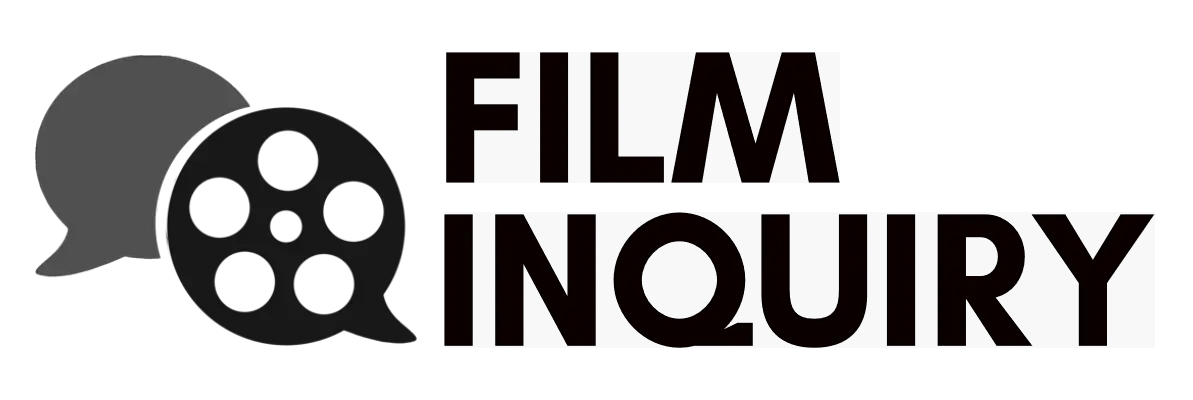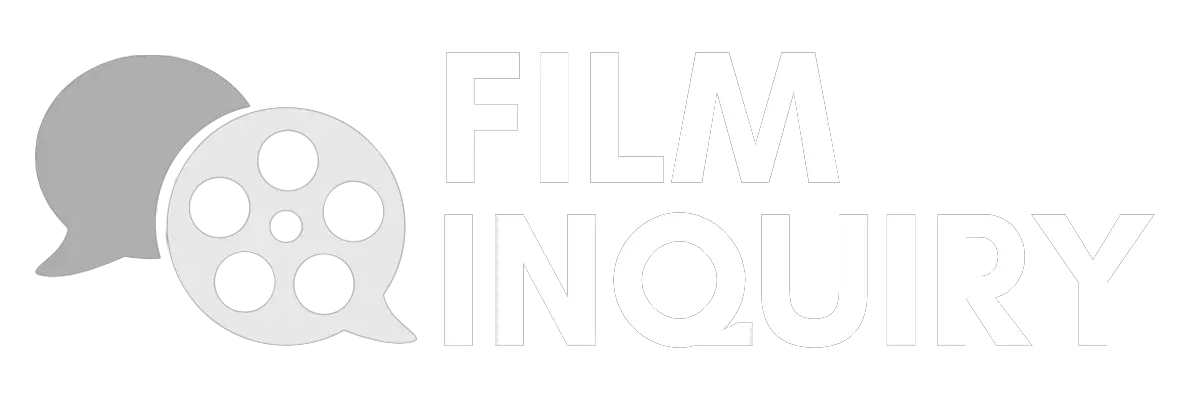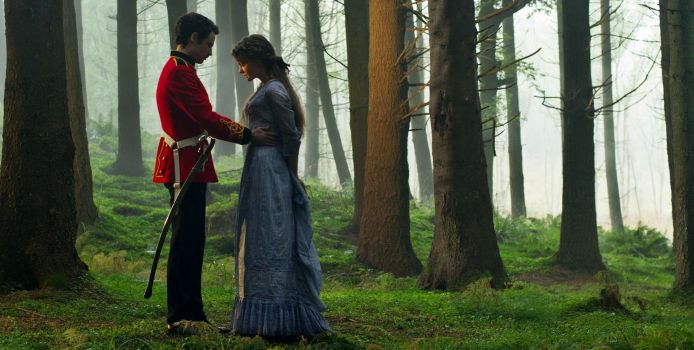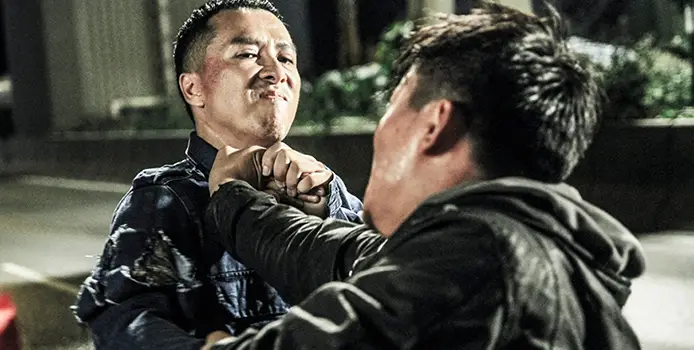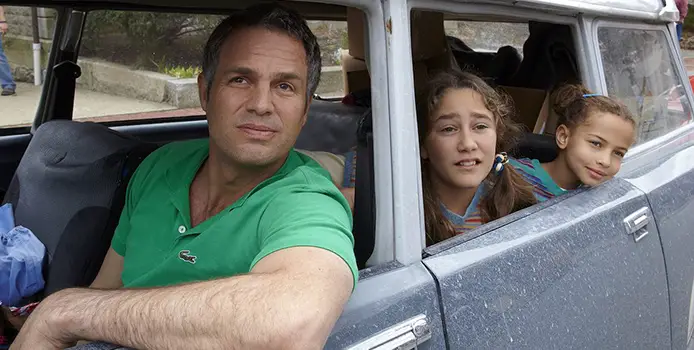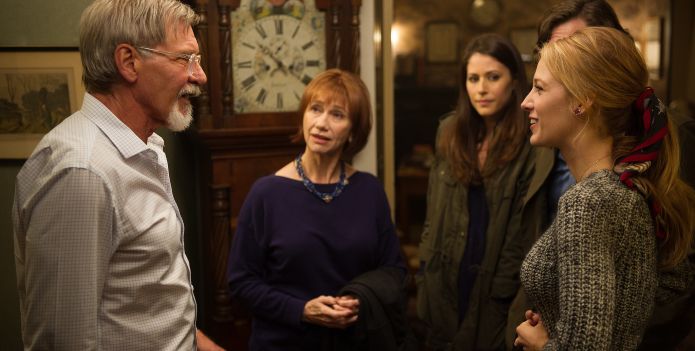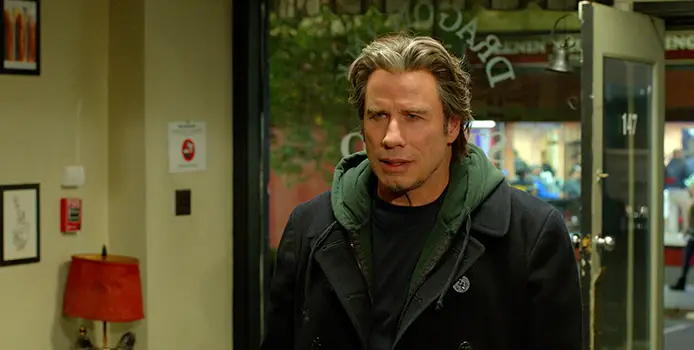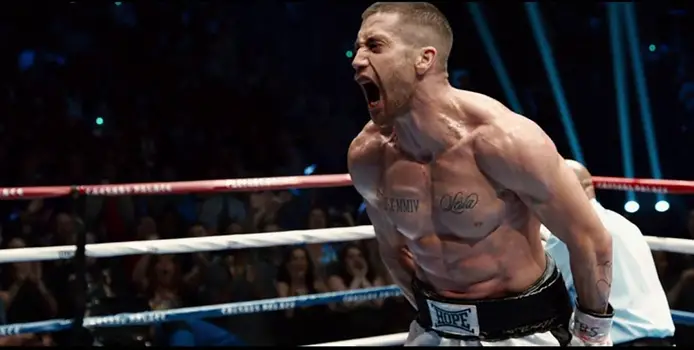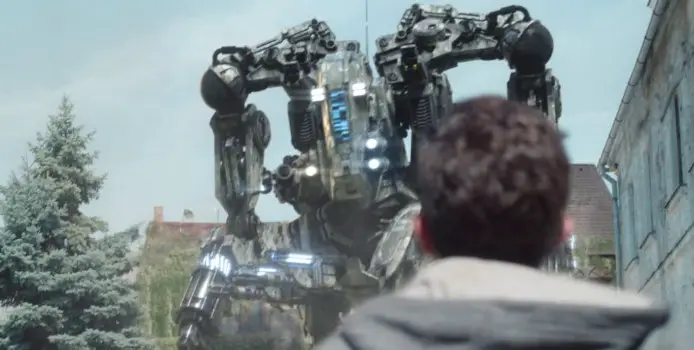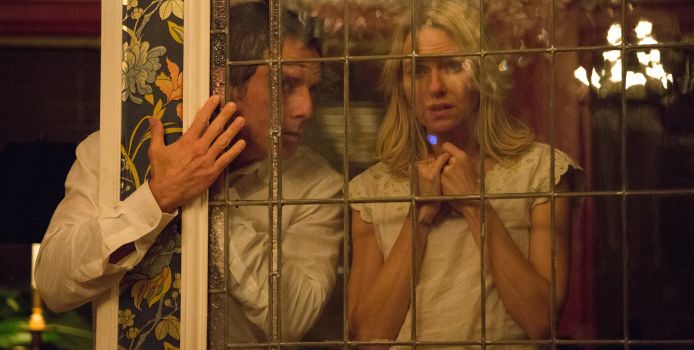
No matter how good their circumstances are, many young people wish they were born in a different time, in a different place, belonging to a different generation they believe they fit in with more. This is almost definitely due to the influence of pop-culture; the 80’s weren’t exactly the best time to live in, yet show a John Hughes movie to any impressionable teenager and they will almost definitely long to have lived in that time period. While We’re Young, the best film to date from director Noah Baumbach, takes a unique look at this theme in the space of one of the best movie montages in recent memory – whereas the young, hipster types long to live in an area of vinyls, VHS tapes and typewriters, the ageing are trying to stay relevant to today, filling their lives with useless technology in order to stay relevant in an ever changing society.
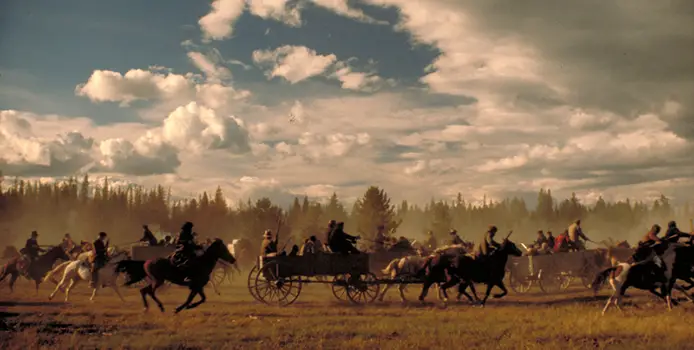
The New Hollywood – The End of an Era By the late 1970’s, the film industry had undergone a renaissance. The New Hollywood movement made it so the directors were the “auteurs” of their films, and artistic freedom reigned over modern movies. Unfortunately, all great things must come to an end, and the demise of The New Hollywood movement was on the horizon.
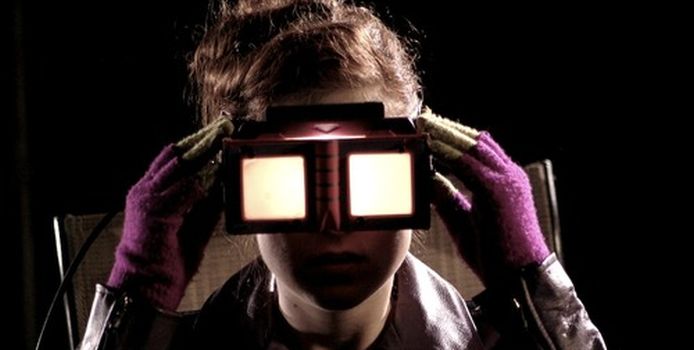
I sat down to watch independent, experimental film How the Sky Will Melt by Matthew Wade the other night with my fiance. Other than bragging about my fiance, I’m including him in the article because he is so very not like me. His favourite movies are comedies, he laughs at fart jokes, and I’m not sure he’s ever seen a David Lynch movie.
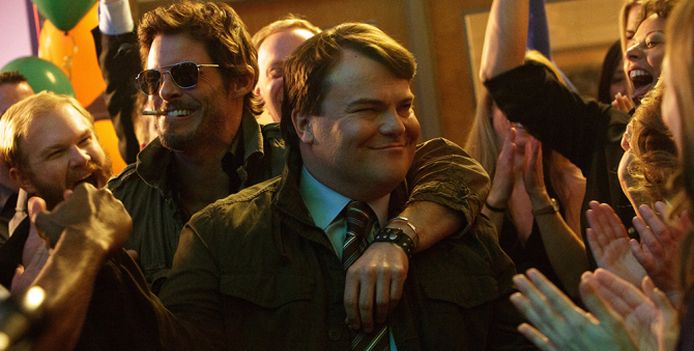
From a world where Jack Black is relatively normal and James Marsden looks like Satan, comes the preposterously titled The D Train. Dan Landsman (Black) yearns to be popular despite his best years being behind him. Knowing this, he seeks former school mate Oliver Lawless (Marsden), who has gained some minor fame by appearing in a Banana Boat ad.
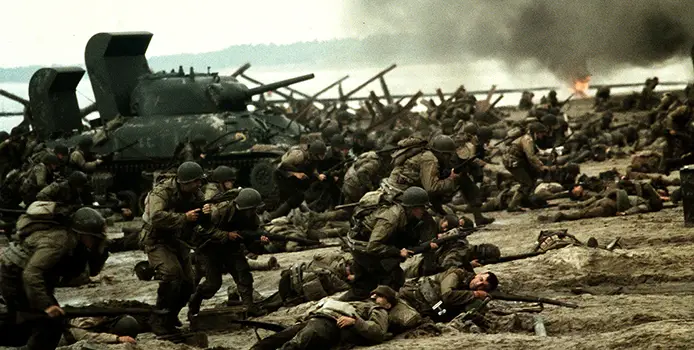
I first saw Steven Spielberg’s Saving Private Ryan in the early 2000s; it was a VHS copy playing on a big old JVC television that had a similar depth to a Toyota Aygo. I have since seen Saving Private Ryan a large number of times, but my reaction to its first 25 minutes remains unchanged, a reaction of shock, recoil and deep admiration for the people who executed this excellent, transformative piece of filmmaking. My knowledge of WW2 was minimal at this time, but I roughly knew the basics.
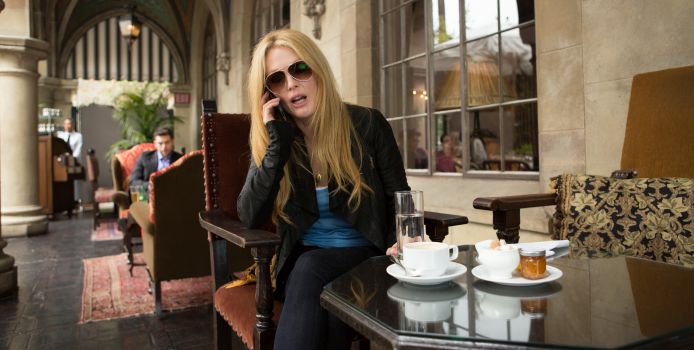
Maps To The Stars is about the aspects of Hollywood that, as a film fan, I‘d rather not think about. Written by the acerbic Bruce Wagner, it is about the cynicism of the industry, about the actors who are motivated by vanity and the money-minded executives who exploit them. These people’s heads have been long removed from their shoulders, their molly-coddled lives are run by other people as they incessantly try and top up their serotonin through drink, drugs, sex and bastardised spiritualism with increasingly less success.
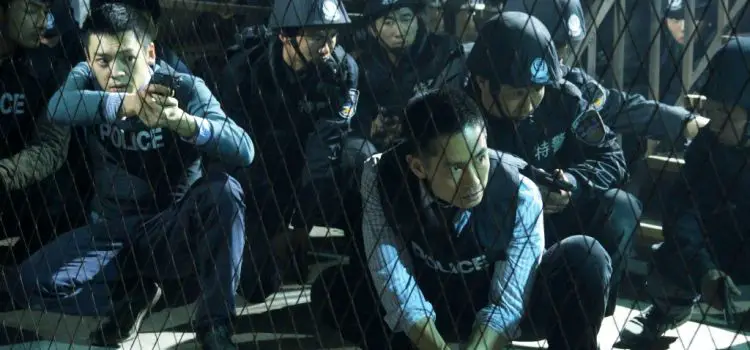
If you look at the films of Hong Kong before and after 1997, there is a striking difference. The action films leading up the nineties were fast-paced, tough, gritty with an edgy quality that paralleled Hollywood’s assembly line modeled studio era. The years surrounding the handover of Hong Kong to mainland China around 1997 proved to be an uncertain time for Hong Kong’s bustling film industry.
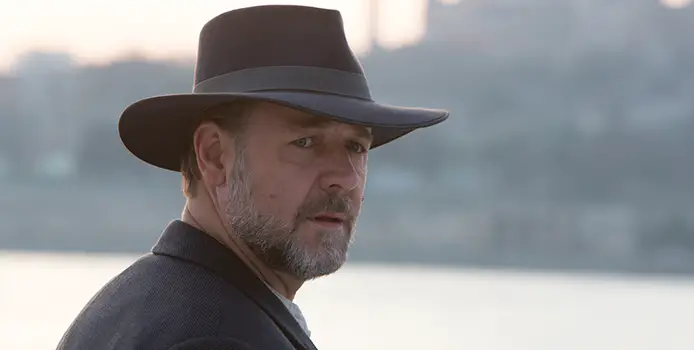
The problem with award shows of any kind is that you’ll always find yourself comparing the nominees to each other, regardless of how different they may be. However, this is infinitely more true of awards with tied winners. The two victors may be different in every conceivable way, but the fact that we have been told they are not just equally good, but equally the best, leads our minds directly to compare the two.
